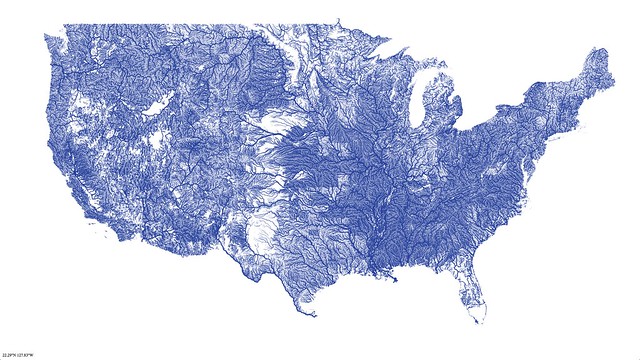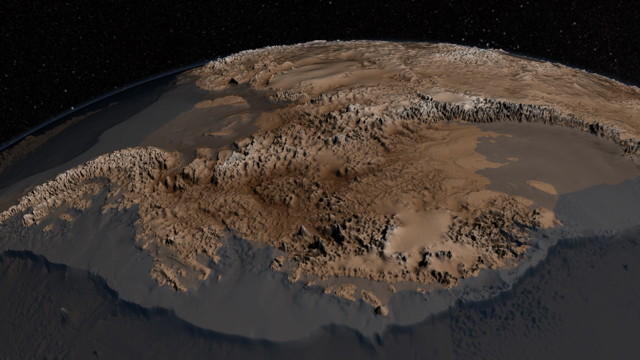 Chet Van Duzer’s Sea Monsters on Medieval and Renaissance Maps does what it says on the tin: you really will find out more than you ever wanted to about the sea monsters that appeared on medieval and renaissance maps. (Van Duzer defines them as anything that a contemporary reader would consider exotic, whether it was real or imaginary, so walruses appear along with krakens.) It’s a dizzying catalogue of them, all kinds of them, from medieval mappaemundi (actually, there’s a Roman map in there too) all the way to Ortelius and the late sixteenth century. By the seventeenth century sea monsters were giving way to sailing vessels, and to a loss of ornamentation and illustration in general.
Chet Van Duzer’s Sea Monsters on Medieval and Renaissance Maps does what it says on the tin: you really will find out more than you ever wanted to about the sea monsters that appeared on medieval and renaissance maps. (Van Duzer defines them as anything that a contemporary reader would consider exotic, whether it was real or imaginary, so walruses appear along with krakens.) It’s a dizzying catalogue of them, all kinds of them, from medieval mappaemundi (actually, there’s a Roman map in there too) all the way to Ortelius and the late sixteenth century. By the seventeenth century sea monsters were giving way to sailing vessels, and to a loss of ornamentation and illustration in general.
But: sea monsters. What was up with them? For the most part this book gets lost in the weeds, focusing in detail on monster after monster, but Van Duzer does sketch out an argument in the introduction:
First, they may serve as graphic records of literature about sea monsters, indications of possible dangers to sailors — and datapoints in the geography of the marvellous. Second, they may function as decorative elements which enliven the image of the world, suggesting in a general way that the sea can be dangerous, but more emphatically indicating and drawing attention to the vitality of the oceans and the variety of creatures in the world, and to the cartographer’s artistic talents. Of course these two roles are compatible, and sea monsters can play both at the same time. (p. 11)
Van Duzer goes beyond the map in his discussion of sea monsters. For one thing, he points out the non-cartographic sources of sea monsters, such as works of natural history, and compares them to the monsters on the map. He also looks at the economics of sea monsters, which were embellishments that cost extra and may have required a specialist artist: “if the client commissioning the chart did not pay for sea monsters, he or she did not receive them” (p. 10).
For my part, it seems to me that sea monsters in renaissance maps are also holdovers of medieval iconography, sort of a cartographic appendix. Being a big-picture sort, I glazed over a bit at all the detail, but this sort of detail is exactly the sort of thing that illuminates the subject. Between this book and The Art of the Map (reviewed here), I’ve learned quite a bit about the margins and empty spaces of old maps lately.
Previously: Here Be Sea Monsters.
Amazon






